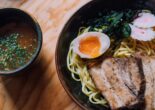Japanese parks and gardens are designed to be beautiful during two key times: the flower season and the fall color season. In autumn, the trees change from green to vibrant shades of red, yellow, and even purple, creating a striking visual display.
Japanese gardens have two seasons: The flower season and the fall season. But not just the gardens. Even in Tokyo, the autumn shift lights up any wooded place.
If you travel outside the city area, the atmosphere changes drastically when the green fades into winter. While there are trees that are red before their leaves start changing color (actually a purplish, brownish red), the coming of the fall colors changes any trees into beacons of color. It is enough to go to a reasonably wooded area, like a large park or the banks of the old moats surrounding Edo Castle. The feeling is quite different from spring and summer.
Cherry Blossoms Light Up the City
In spring, the cherry blossoms are everywhere, lighting up the city as it leaves winter and enters spring. The pink and sheer white of the blossoms drop spots of brightness in the most unexpected places, and overwhelm in places like Ueno Park with its thousands of cherry trees. While the park is full of rowdy picnickers in spring, the fall is more subdued and there is no public party atmosphere, even though there is a traditional festival which overlaps the coming of the fall colors.
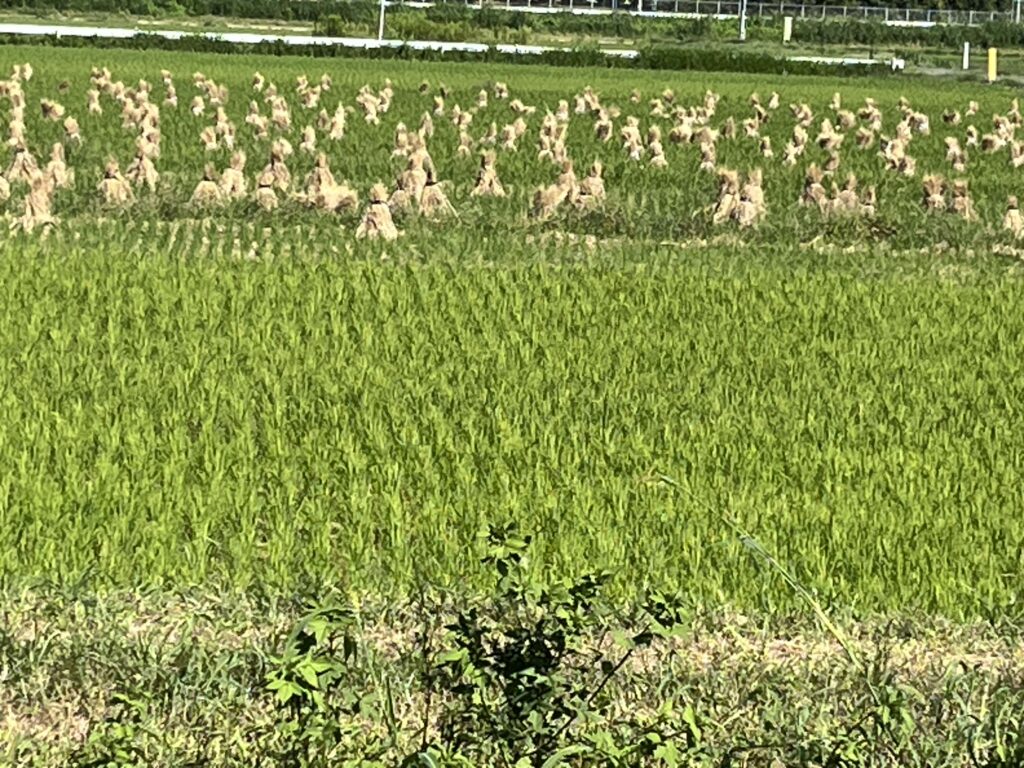
In Mid-September the rice harvest is traditionally in full swing, and viewing the harvest moon (the same as in Europe, as Japan shares roughly the same climate as Italy) is a traditional celebration. It is not as rowdy as the summer festivals, and watching the moon used to be an activity engaging mainly the nobility and especially the women, while drinking sake and eating small balls of glutinous rice called Mochi.
Hijacked by Hamburgers
This refined event, traditionally celebrated in families, has been hijacked by a perhaps unexpected party: The hamburger chains. While “Hamburg” traditionally means a hamburger patty served on a hot iron plate, the Western-style hamburger has been gaining influence in Japanese cuisine, and also the psyche.
Television in September is full of commercials advertising “moon-viewing burgers”, which normally consist of a hamburger with an egg. The egg is usually sunny-side up, and commercials from Mos Burger, McDonald’s, Kentucky Fried Chicken, and other less widespread hamburger chains and other restaurants compete on touting the tastiness and runniness of the egg, against a backdrop of the full moon and mature rice stalks.
Fall Colors Autumn Celebrations
And autumn leaves. The fall colors are part of the autumn celebrations in Tokyo, but the color shift has been happening later and later as the summer temperatures linger on, turning Tokyo a sweltering 35 degrees at a time when temperatures started to drop a few years ago. The moon viewing used to be accompanied by evenings taking a chilly turn, but lately, the temperatures even in evenings are the same as they were during summer.
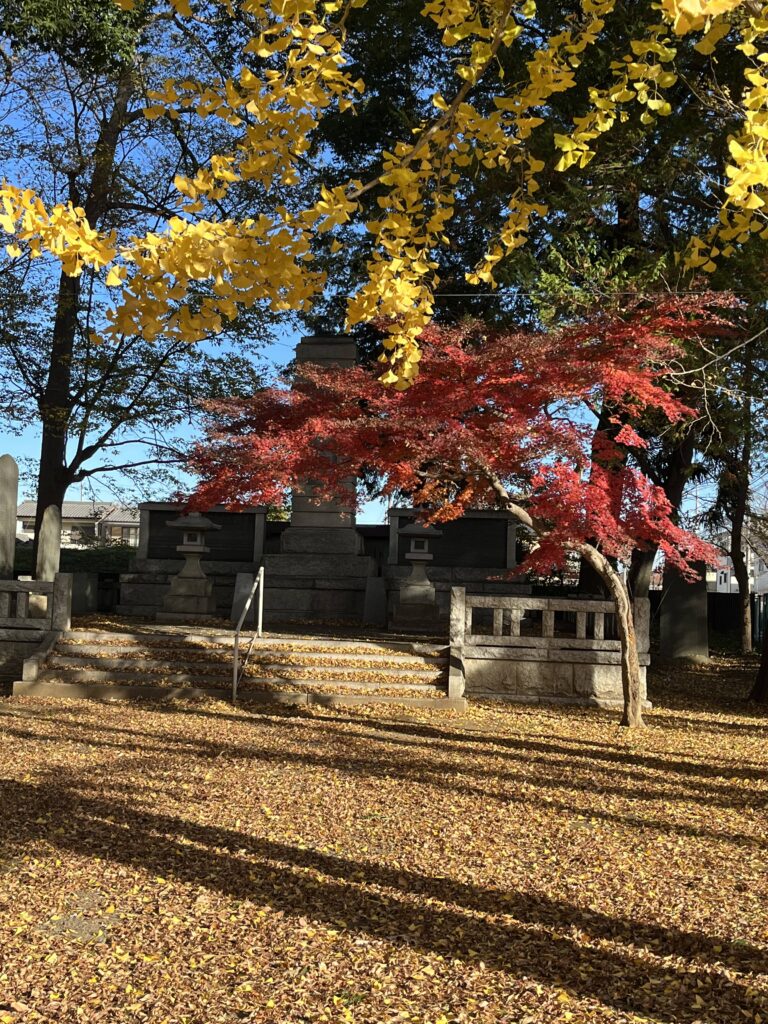
And the fall colors have started later and later.
It used to be that fall colors in Tokyo started around mid-September and lasted until mid-December, fading just in time for the New Year’s celebrations. Now the season has been compacted in the lowland and city area, starting as late as November but still ending in December.
Leave The City for Fall Colors
To fully experience the fall colors in Tokyo you have to leave the city center. Even if parks like Shinjuku Gyoen and gardens like Korakuen and the Rikugien Gardens are planned to enhance the beauty of the fall colors through a mix of trees that maximize the color harmony and combinations, they cannot compete with the awesomeness of mountain vistas shrouded in reds and yellow, subtly shifting to a purplish grey over a distance.
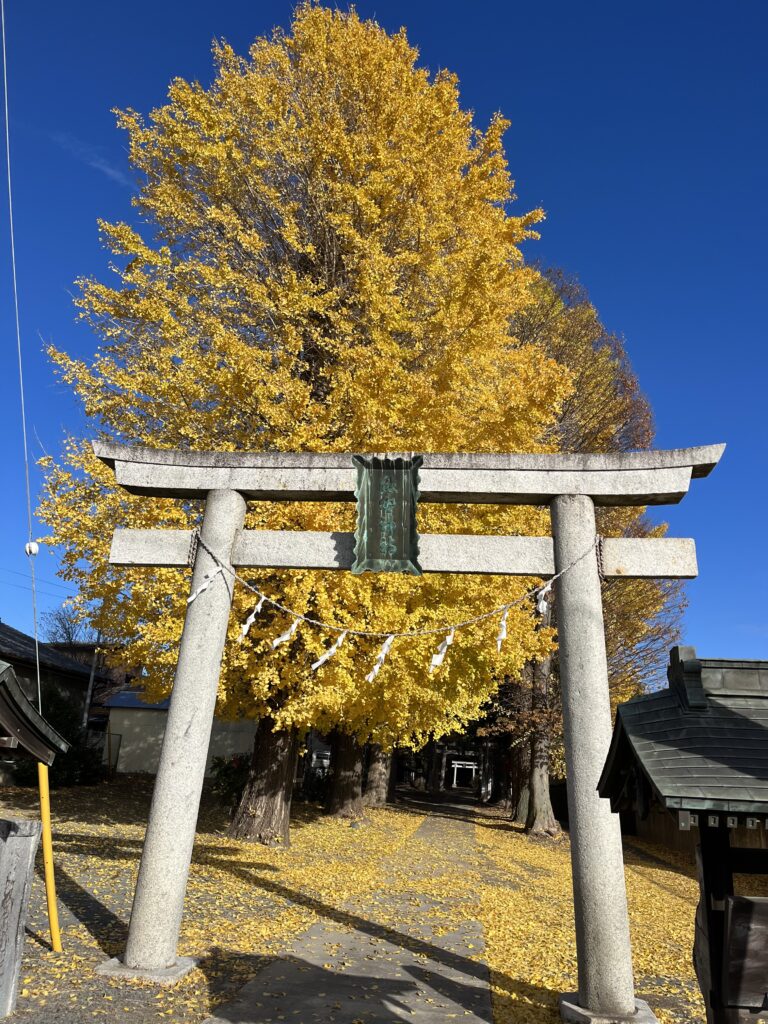
If you want to make the fall color viewing into something even more extraordinary, combine it with a day trip. Tokyo has several extraordinary destinations in easy reach from the city center, making for an easy day trip. That includes destinations that are especially good for viewing the fall colors.
Two favorites are Mount Takao and Mount Tsukuba. Takao-san is located in western Tokyo and is known for the temple at the top and the spread-out shrine dedicated to tengu, the long-nosed bureaucrat bean counters of the yokai world. It is a two-hour ride from Shinjuku, and a shorter but both more beautiful and eventful ride up the longest funicular in Tokyo.
Fall Color Fuji View
Mount Tsukuba is 45 minutes with the Tsukuba Express train from Akihabara, plus a 30-minute bus ride to either the end of the ropeway or to the funicular going up to the top. Or rather, the other top, because Tskuba-san has two peaks, the funicular going to one and the ropeway to the other.
Mt. Takao may have more interesting religious establishments, but from Mt, Tsukuba you have a wide vista over Tokyo and Tokyo Bay, and you can even see Mt. Fuji when the weather is clear – although Mt. Fuji is too tall to have any vegetation, and hence does not show any fall colors.

Within Tokyo itself, there are several sights related to the autumn leaves. Gingko trees turn a resplendent yellow and when the sky is blue will remind you to support Ukraine; the most famous gingko trees in Tokyo is the Meji Jingu Gakkuen Avenue, where an avenue of beautiful gingko trees fill the sky in season; they have been threatened with removal by the city government, who are looking for ways to exploit every square meter of central Tokyo. So far, the popular protest has held them at bay; but with the Tokyo gubernatorial election out of the way, chances are that the efforts by the city government will pick up speed.
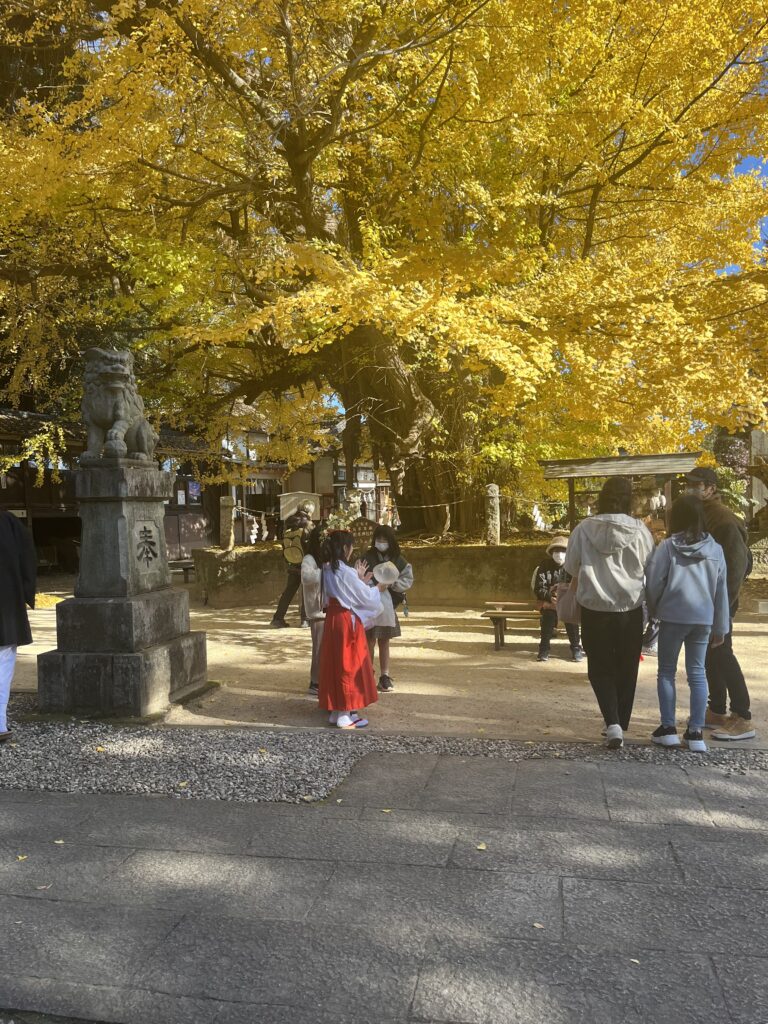
There are several contenders for fall color beauty among the Tokyo parks, but the easiest accessible is a favorite in spring, too. Ueno Park is much larger than the museum area, and the thousands of cherry trees in the park contribute yellows and reds. But you will also find out how many other beautiful colors there are. And that sometimes, it is hard to tell when Ueno Park ends, and the next park begins. Unless, of course, it is a graveyard, in which case it is easy to tell the difference.
Related Articles
Japanese Restaurant Etiquette: Simple Mistakes That Can Ruin Your Meal
Warning: Undefined array key "sfsi_threadsIcon_order" in /home/veremosglobal/tokyoroomfinder.com/public_html/blog/wp-content/plugins/ultimate-social-media-icons/libs/controllers/sfsi_frontpopUp.php on line 165
Warning: Undefined array key "sfsi_blueskyIcon_order" in /home/veremosglobal/tokyoroomfinder.com/public_html/blog/wp-content/plugins/ultimate-social-media-icons/libs/controllers/sfsi_frontpopUp.php on line 170
Warning: Undefined array key "sfsi_bluesky_display" in /home/veremosglobal/tokyoroomfinder.com/public_html/blog/wp-content/plugins/ultimate-social-media-icons/libs/controllers/sfsi_frontpopUp.php on line 266


